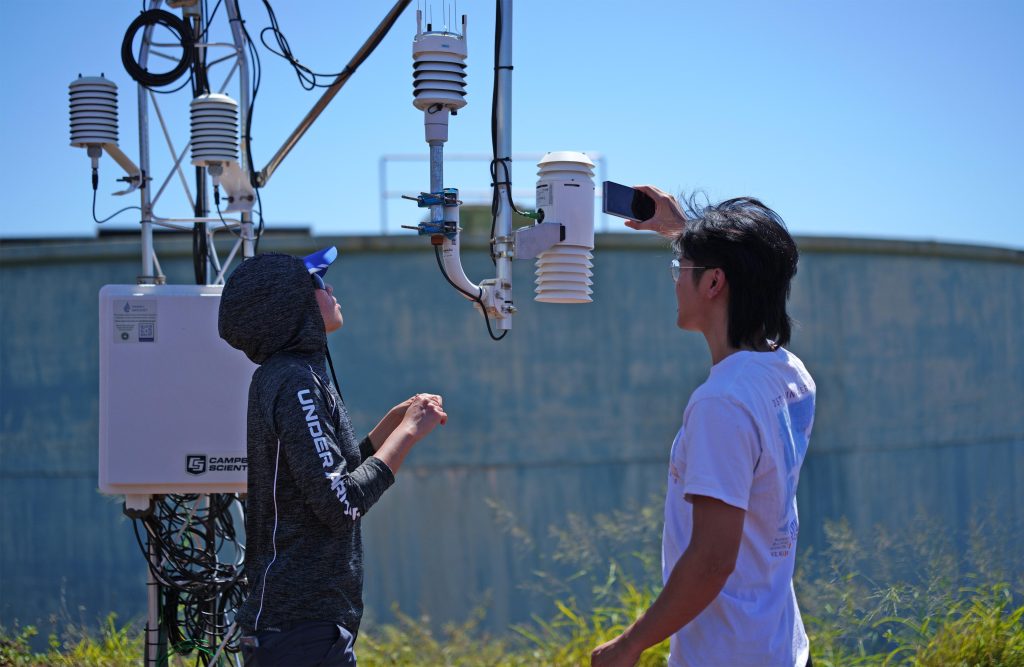University of Hawai‘i joins national AI project to better monitor volcanoes, wildfires, more
The University of Hawaiʻi at Mānoa will play a leading role in a new project using artificial intelligence to monitor the natural world.
The $25.6 million initiative, called Sage Grande, is being led by the National Science Foundation. As part of the work, experts will be placing 300 advanced sensor systems in locations across the country to monitor the environment and provide faster warnings for natural disasters such as wildfires, floods, and volcanic eruptions.

The new funding allows the University of Hawai‘i researchers and students to join a nationwide team working to build the next generation of AI-powered “smart” sensors, which can analyze information directly where it is collected, without waiting for data to be sent to distant servers, according to a news release from the university.
The university already has experience with this technology as a current-generation Sage sensor is being used in Hawaiʻi Volcanoes National Park to test generative AI tools that analyze real-time data from Kīlauea.
“Their early work demonstrated how AI can help answer basic but important questions, such as whether an eruption is underway,” the release stated.
A similar sensor was also installed in Lahaina that connects to the internet via satellite. The system is being programmed to track air quality and fire risks in an area devastated by the 2023 wildfires.
Supported by a separate NSF grant, the Lahaina project is also collecting climate and pollution data to aid recovery efforts and guide future planning. Local students are helping with the instruments, gaining hands-on training in both environmental science and advanced AI.
By joining Sage Grande, UH is not only advancing disaster preparedness and environmental science, but also giving students hands-on experience with cutting-edge AI, said Professor Jason Leigh, director of the Laboratory for Advanced Visualization and Applications in UH Mānoa’s Department of Information and Computer Sciences.
“We’re ensuring Hawaiʻi is at the forefront of innovation where it matters most.”
Leigh said they plan to deploy two to three sensors across the Hawaiian islands next year at sites that are still to be determined. The UH Mānoa team comprises of Leigh, and Chris Shuler, Han Tseng, Anke Kügler and Tom Giambelluca of the UH Mānoa Water Resources Research Center.



